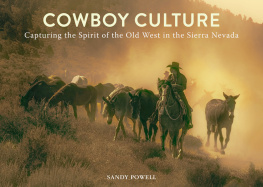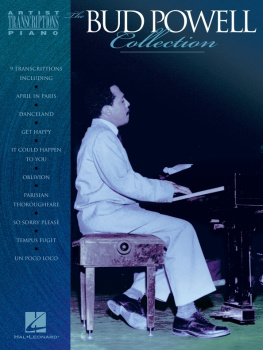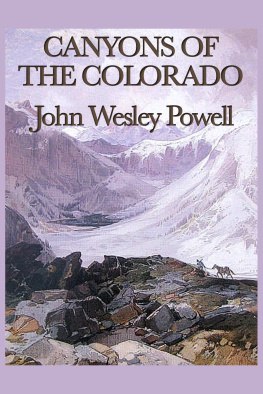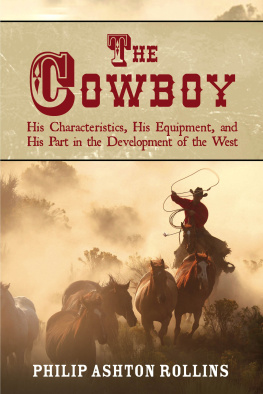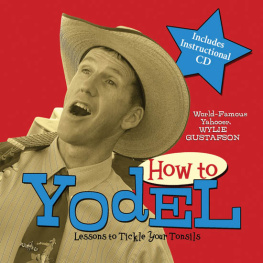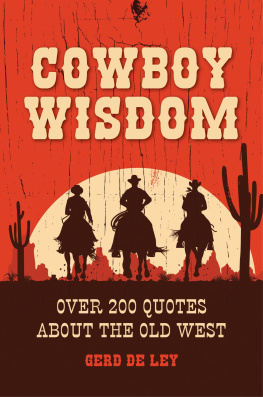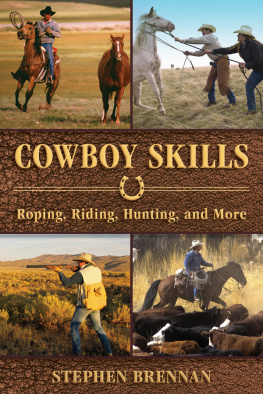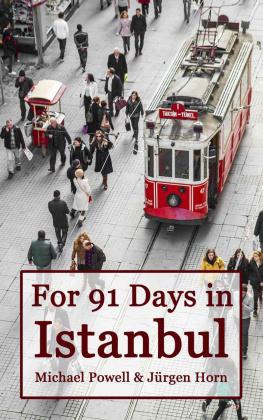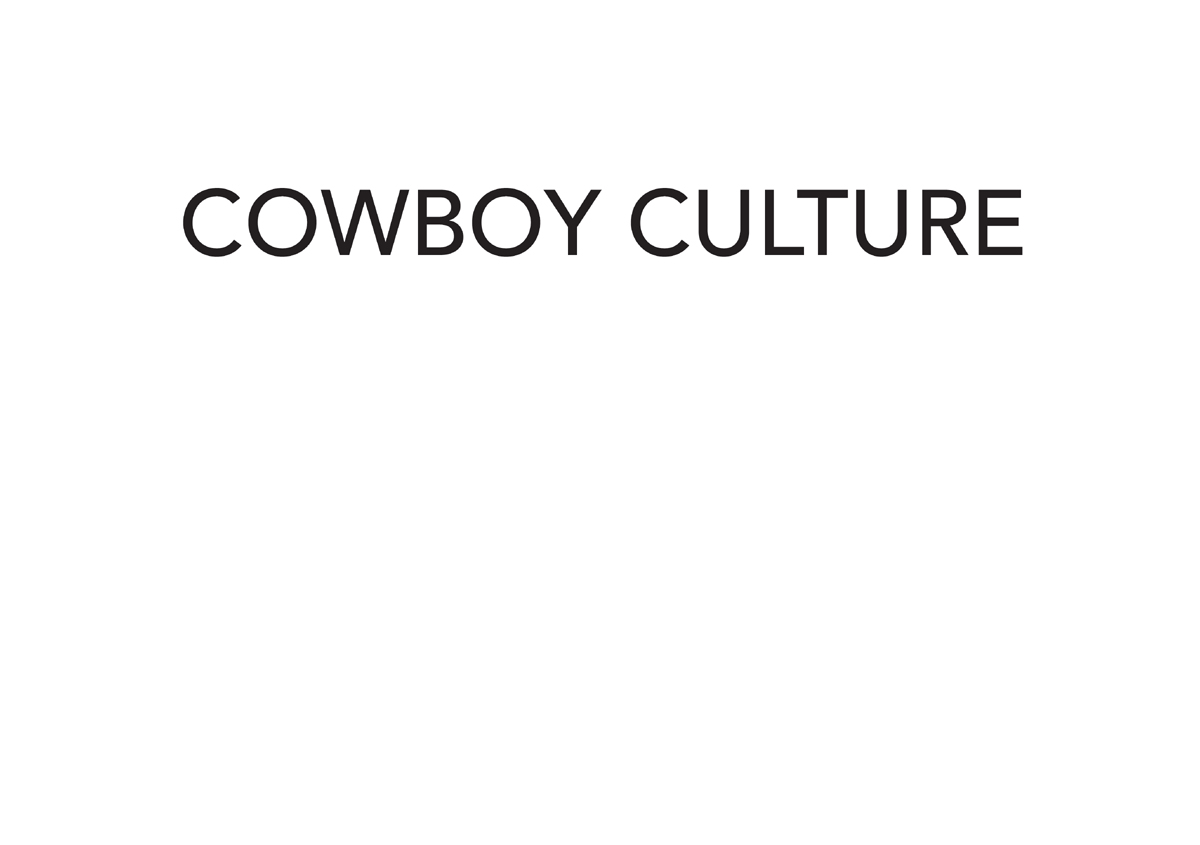INTRODUCTION
Some ask why I started this book project. Well, it started as an extension of my western photography but evolved into a present-day story of the Old West remaining in the California Sierra Nevada. The discovery of gold in the California Sierra Nevada was the driving force for the population explosion in the western states in the nineteenth century. There are many remnants in present-day California of the western migration from the mid-1800s: old mines, mining towns, old gravesites, wagon routes, stage routes, mountain men trails, and the Pony Express Trail.
Most Californians have little knowledge of Californias great western history. They might have heard a blurb about the 49ers, but I bet that most cant even tell that story. The highways that cross the Sierra Nevada each have their own storytrails that were first used by the Indians were later explored by the mountain men, and later became routes for overland emigrants, stagecoach drivers, and Pony Express riders. Many men and women died en route to California while seeking a life with better opportunities. Their struggles, courage, and perseverance helped create the legacy of the American West.
The principal mission of this book is to document present-day western activities and preserve this western spirit for future generations. I also want to demonstrate that a fair amount of the Old West still endures todaypassed down from previous generations and early settlers in the state. To help readers appreciate the difficult struggles of the early pioneers who blazed the trails to California, I have provided some historical context in the first few chapters to set a foundation for the book.
The Old West conjures up some romantic ideas from the bygone days, but the early pioneers who settled in the state faced much tragedy and despair while pursuing a better life. Their sacrifices should not be forgotten and should be celebrated. Many photos in this book capture this enduring spirit in present-day individualswho still carry on the traditions either by working with their livestock or celebrating the early pioneers.
Driving down Highway 395, one is in awe of the Sierra Nevada dramatically jutting out of the ground and rising toward the sky like a large granite monument. But along the way, there are many hidden western activities happening in the backgroundmoving cattle, pack mules being prepared for the upcoming season, and sheep being moved to the high country for summer grazing. Many of these ranchers and packers face tremendous obstacles with todays government bureaucracy but still continue with their hard work and dedication, carrying on with traditions passed on to them from previous generations. They are not doing it to become richthey are doing it for the passion and a way of life that others can only envy from a distance.
When I spoke with Tim Erickson, a third-generation cattle rancher in the western Sierra, he shared with me a story about a conversation he had on an airplane recently. He was seated next to a woman who works in Washington, D.C. and he told her what he did for an occupation. She replied, Really! There are still cowboys out there working cattle? She thought it was from an era long ago and could not believe that people still raise cattle on the open range. Erickson shared his knowledge with her, hoping she would help others back East become more aware of this lifestyle. So I hope this book gets shared with her and others who have limited knowledge of the Old West that remains in the Sierra Nevada in this modern day and age.

